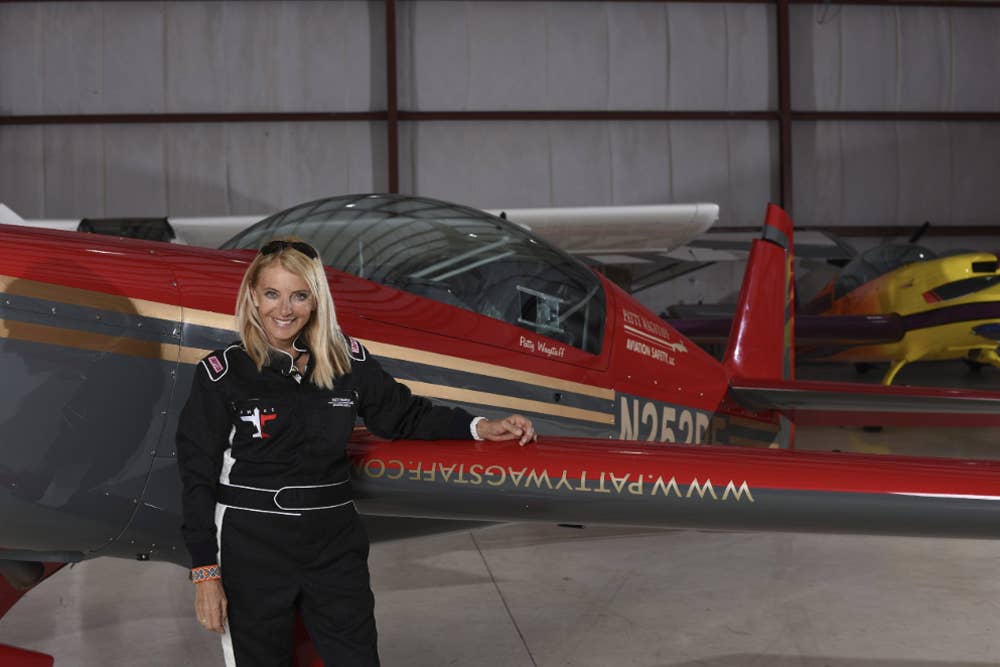Sporty’s Offers Tailwheel Training Course
Patty Wagstaff uses her expertise as both a backcountry and aerobatic pilot in latest course from longtime training company.

Patty Wagstaff has decades of experience flying as a bush pilot in Africa and Alaska. [Courtesy: Sporty’s Pilot Shop]
Learning to fly a tailwheel-equipped airplane is a bit like learning to drive a car with a manual transmission. It can seem challenging at first, but once you get the hang of it, it’s a lot of fun and gives you the skills to operate some fancy machinery. And Sporty’s Pilot Shop is making it easier to tame the tailwheel with a new course, “Tailwheel Training.”
The course’s teacher is Patty Wagstaff (yes, that Patty Wagstaff), who in addition to being one of most skilled aerobatic pilots in the world, also has decades of experience flying as a bush pilot in Africa and Alaska.
The Course
Sporty’s Tailwheel Course consists of more than two hours of instruction using multiple camera angles and 3D animation to explain the nuances and techniques required to fly a tailwheel-equipped aircraft.
Wagstaff takes the learners through theory and practice necessary to become safe and efficient pilots, beginning with the physics of taildraggersas they learn about the stability, inertia and why ground loops happen. (Spoiler alert: they are more challenging to control on the ground than their nosewheel-equipped counterparts—for the unfamiliar, it is a bit like pushing a shopping cart backward.)
Learners will be exposed to best practices for preflight inspection of a tailwheel aircraft, and techniques for taxiing, takeoffs, and the different types of landings, including three-point and wheel landings.
The course “classroom” ranges from the classic Piper J-3 Cub on grass, to the more technically demanding turbine-powered de Havilland Otter on glaciers—with the Citabria, Cessna 180, Extra 300 and Super Cub in between.
Wagstaff talks the viewer through the maneuvers as multiple cameras make it possible to see the aircraft from every angle, including the all-important position of the yoke or stick during takeoffs and, especially, landings.
If You Need More
The course includes an advanced section where the learners are schooled on the use of flaps, slips, and common mistakes that can happen during soft-field landings. A few bush pilot techniques have been thrown in for good measure.
You can expect to gain new respect for the use of the rudder as a tailwheel pilot—there are those who say a tailwheel endorsement improves your overall airmanship.
There’s also a chapter on The Recreational Aviation Foundation, an organization that encourages operations from “unimproved fields,” giving tailwheel pilots places to use their newfound skills.
The course joins a series of instructional offerings that Wagstaff and Sporty’s have collaborated on, including sessions on aerobatic flight training.

Sign-up for newsletters & special offers!
Get the latest FLYING stories & special offers delivered directly to your inbox






